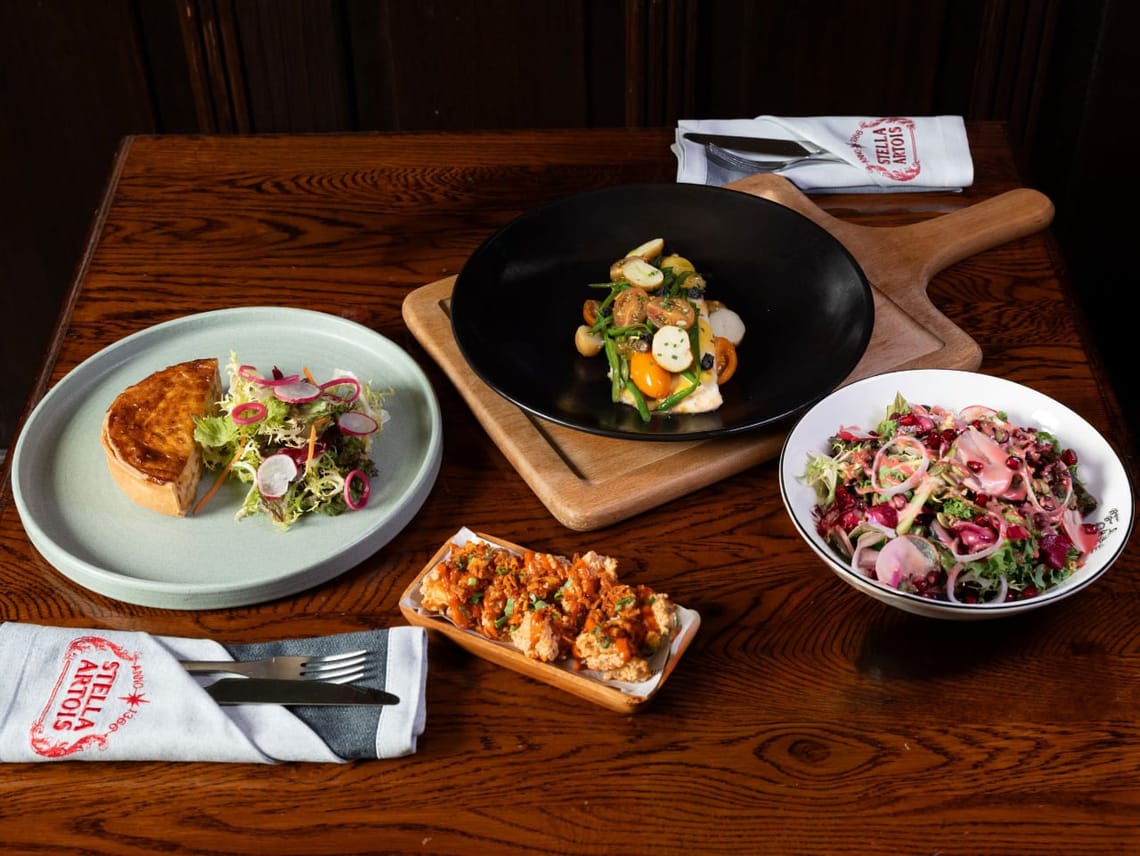Al Ain Museum has opened “Harat Al Hosn: A Landscape of Memory,” its first temporary exhibition since the museum’s redevelopment. It uses immersive tech, rare finds and evocative images to tell the story of a long-gone neighbourhood at the eastern edge of Al Ain Oasis.
- New temporary exhibition at Al Ain Museum focuses on Harat Al Hosn, a historic neighbourhood by Al Ain Oasis.
- Mix of immersive media, archaeology and photography from the 1960s reconstructs daily life.
- Highlights include hand-made mudbricks with visible fingerprints, Julfar pottery and everyday tools.
- Open daily 9am–7pm in Al Ain; this is the museum’s first temporary show since redevelopment.
What is Harat Al Hosn?
Harat Al Hosn was a tight-knit community beside the oasis, also known as Harat Al Sharq and Harat Al Mat’haf, centred on Sheikh Sultan bin Zayed Fort.
- Also called Harat Al Sharq and Harat Al Mat’haf
- Grew through the early 20th century, then residents moved in the 1970s–80s
- Deep links to land and water shaped daily life
- Fort at its heart anchored social and defensive roles
The exhibition traces the neighbourhood’s growth from the early 1900s to the 1970s and 1980s, when people moved to new housing. What remains today are traces in the ground and memories carried by residents. That’s the point here: to make a place that no longer exists feel present again, using context about architecture, lifeways and the lifeline provided by water.
Highlights you can see
Expect tangible, human-scale objects that explain how people lived and built.
- Mudbricks made from clay, water and straw, some still showing fingerprints
- Coins from the late 19th to mid-20th centuries that hint at Gulf trade links
- Bullet casings likely tied to celebratory gunfire at Eid, weddings or national days
- Julfar pottery near a traditional madbasa (date-press) from Ras Al Khaimah
- Everyday tools used at home, including items linked to Talli embroidery and Gahwa
The mudbricks are the star because they’re so direct: formed by hand, dried under the sun and engineered to keep homes cool in summer and warm in winter. Coins and casings add social colour, pointing to trade and celebration. Pottery and household tools sketch the rhythms of work, craft, and hospitality, with women’s skills, such as Talli and coffee preparation, woven into the story.
For readers curious about Talli in contemporary practice, see our coverage of Irthi’s live Talli demonstrations in Abu Dhabi for context on technique and meaning. Emirati craft at ADREA.
How the tech ties it together
This isn’t just about objects in cases. The museum uses immersive digital experiences and aerial photographs from the 1960s to rebuild shaded paths, palm-frond and mudbrick houses, and courtyards.
- Immersive media links archaeological traces to lived spaces
- 1960s aerials map the layout and movement patterns
- Digital storytelling frames the past as a usable memory for today
- Supports the museum’s new push into cultural storytelling and innovation
The approach reflects a wider museum trend: use technology to bridge knowledge gaps and let people “walk” an environment that’s gone. In the UAE, we’ve seen similar public-facing tech moments, like hands-on AI demos in Dubai. If that style of interactive display speaks to you, you’ll recognise the value here. Immersive tech at Museum of the Future.
Planning your visit in the UAE
The exhibition welcomes visitors daily, 9am to 7pm, in Al Ain.
- Location: Al Ain Museum, next to Sultan Fort in the Al Ain region
- Hours: Daily, 9:00 a.m. to 7:00 p.m.
- Context: First temporary exhibition since the museum’s redevelopment
- Tip: Combine your visit with a walk in Al Ain Oasis
If you haven’t seen the redeveloped museum yet, now’s a good time. It reopened with new galleries and spaces in October and this exhibition uses that flexible temporary hall to tell a focused, place-based story. Read more about the reopening here: Al Ain Museum reopens 24 Oct 2025.
Why it matters for heritage
Al Ain Museum is the UAE’s first museum, founded in 1969 by the late Sheikh Zayed. It serves as a hub for understanding Al Ain’s long human history, including aflaj irrigation and UNESCO-listed sites.
- First national museum status gives it a custodial role
- Collections cover human habitation from the Palaeolithic to now
- Harat Al Hosn anchors that timeline in lived experience
- The exhibition frames memory as a bridge between archaeology and community
Exhibitions like this matter because they connect policy words like “heritage” to household objects and street layouts. They also show how technology can help visitors link evidence on a table to the neighbourhood that produced it. That’s useful for schools, families and anyone curious about how Al Ain became the city it is today.
FAQs
What is “Harat Al Hosn: A Landscape of Memory” about?
It tells the story of a historic Al Ain neighbourhood beside the oasis, using immersive media, archaeology and historic photography to rebuild its spaces and routines.
Where exactly was Harat Al Hosn?
On the eastern edge of Al Ain Oasis, centred around Sheikh Sultan bin Zayed Fort.
What are the standout objects?
Hand-made mudbricks with fingerprints, coins from the late 19th to mid-20th centuries, bullet casings linked to festive firing, Julfar pottery and everyday domestic tools, including items tied to Talli and Gahwa.
When can I visit?
Daily from 9:00 a.m. to 7:00 p.m. in Al Ain.
Why is this show significant for the museum?
It’s the first temporary exhibition since the museum’s redevelopment, aligning with a shift toward digital storytelling and community memory.
Subscribe to our newsletter to get the latest updates and news







